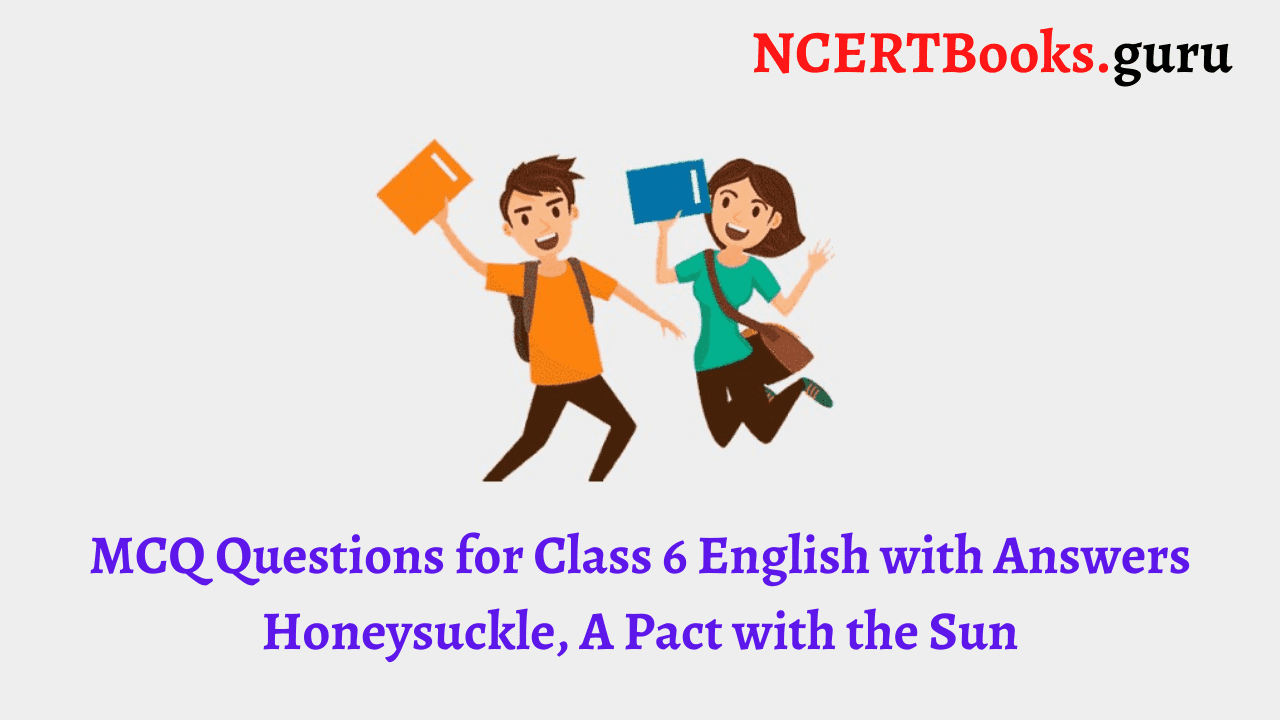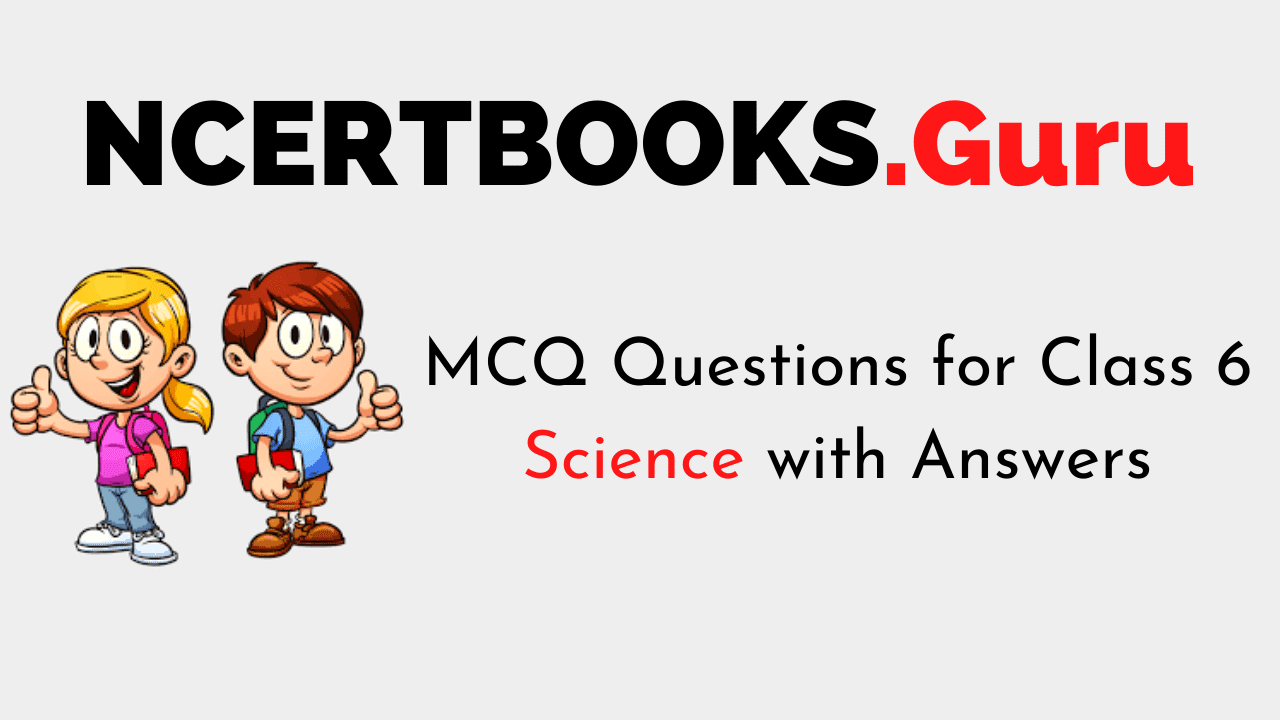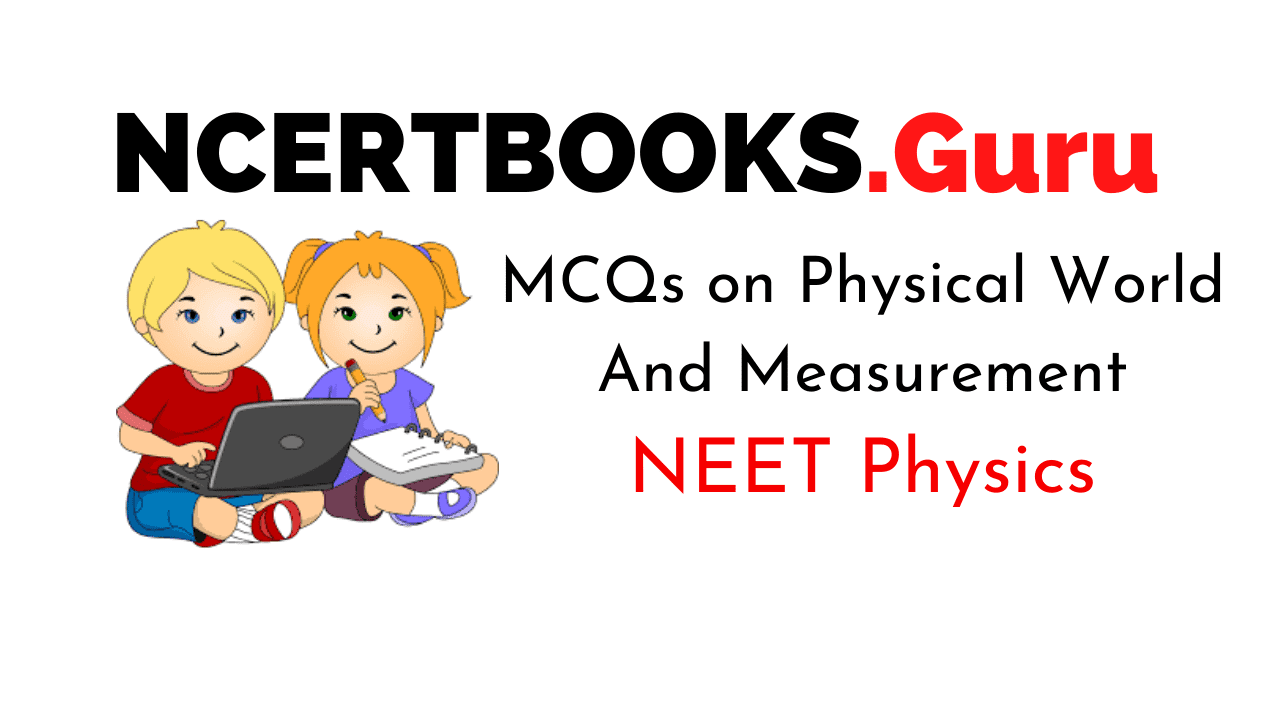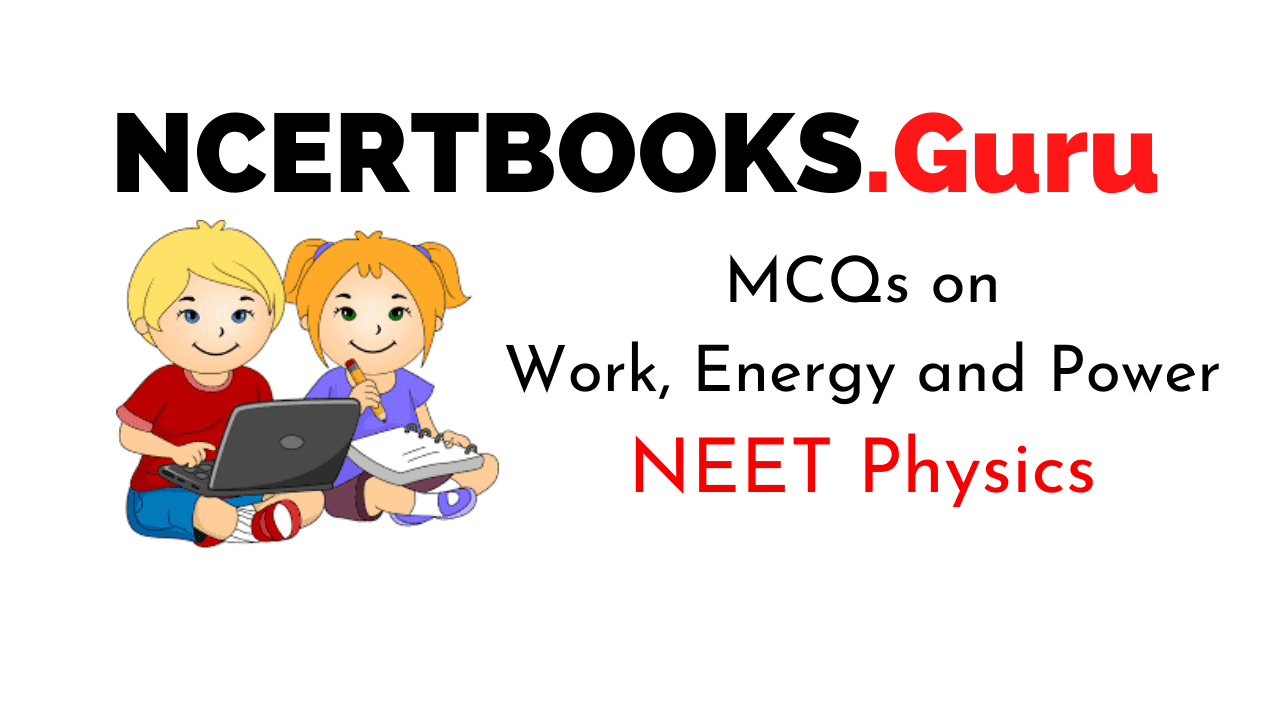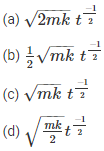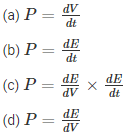Are you in search of a reliable portal that offers MCQ Questions for Class 6 English? IF so, this is the place for you as our experts have curated all the Honeysuckle and A Pact with the Sun Multiple Choice Questions of Class 6 English with Answers. Kick start your preparation by downloading the MCQ Questions of Class 6 English with Answers and assess your preparation standards.
If you want any other preparation resources like NCERT Solutions of Class 6 English, CBSE Class 6th English Sample Papers you can always look up to us. Complement your preparation using these quick resources and stand out from the rest of the crowd.
NCERT Class 6 English MCQ Objective Questions
Students can quickly revise the concepts of Class 6 by referring to the MCQ Quiz Questions existing here. Solving these Objective Questions of Class 6th English you can hone your grammar skills, develop conceptual knowledge. For more detailed knowledge regarding the concepts of 6th Grade English, you can check out our NCERT Books for Class 6 English to quickly resolve your doubts.
If you are stuck at any point you can quickly check our answers and understand where you went wrong. All you have to do is simply click on the direct links available for MCQ Questions for Class 6 English Prose and Poems and prepare the respective topics accordingly. We have even provided the CBSE Class 6 English Grammar Question and Answers so that you can prepare them too.
Class 6 English Extra Questions MCQ Unit 1 Fables and Folk Tales
- Chapter 1 A Bottle of Dew MCQ
- Chapter 2 The Raven and the Fox MCQ
- Chapter 3 Rama to the Rescue MCQ
Class 6 English MCQ Unit 2 Friendship
- Chapter 4 The Unlikely Best Friends MCQ
- Chapter 5 A Friend’s Prayer MCQ
- Chapter 6 The Chair MCQ
MCQ Class 6 English Unit 3 Nurturing Nature
- Chapter 7 Neem Baba MCQ
- Chapter 8 What a Bird Thought MCQ
- Chapter 9 Spices That Heal Us MCQ
Class 6 MCQ English Unit 4 Sports and Wellness
- Chapter 10 Change of Heart MCQ
- Chapter 11 The Winner MCQ
- Chapter 12 Yoga A Way of Life MCQ
Class 6 English Objective Questions Unit 5 Culture and Tradition
- Chapter 13 Hamara Bharat Incredible India MCQ
- Chapter 14 The Kites MCQ
- Chapter 15 Ila Sachani Embroidering Dreams With Her Feet MCQ
- Chapter 16 National War Memorial MCQ
Also Read
- Class 6 English Extra Questions (Poorvi)
- Poorvi Book Class 6 Solutions
- Class 6 English MCQ (Poorvi)
- Class 6 English Notes (Summary)
- Poorvi Class 6 Worksheet
- NCERT Solutions for Class 6
MCQ Questions for Class 6 English with Answers Honeysuckle
MCQ Questions for Class 6 English with Answers Honeysuckle Prose
- Who Did Patrick’s Homework? Class 6 MCQ Questions
- How the Dog Found Himself a New Master? Class 6 MCQ Questions
- Taro’s Reward Class 6 MCQ Questions
- An Indian-American Woman in Space: Kalpana Chawla Class 6 MCQ Questions
- A Different Kind of School Class 6 MCQ Questions
- Who I Am Class 6 MCQ Questions
- Fair Play Class 6 MCQ Questions
- A Game of Chance Class 6 MCQ Questions
- Desert Animals Class 6 MCQ Questions
- The Banyan Tree Class 6 MCQ Questions
MCQ Questions for Class 6 English with Answers Honeysuckle Poems
- A House, A Home Class 6 MCQ Questions
- The Kite Class 6 MCQ Questions
- The Quarrel Class 6 MCQ Questions
- Beauty Class 6 MCQ Questions
- Where Do All the Teachers Go? Class 6 MCQ Questions
- The Wonderful Words Class 6 MCQ Questions
- Vocation Class 6 MCQ Questions
- What If Class 6 MCQ Questions
MCQ Questions for Class 6 English with Answers A Pact with the Sun
- A Tale of Two Birds Class 6 MCQ Questions
- The Friendly Mongoose Class 6 MCQ Questions
- The Shepherds Treasure Class 6 MCQ Questions
- The Old-Clock Shop Class 6 MCQ Questions
- Tansen Class 6 MCQ Questions
- The Monkey and the Crocodile Class 6 MCQ Questions
- The Wonder Called Sleep Class 6 MCQ Questions
- A Pact with the Sun Class 6 MCQ Questions
- What Happened to the Reptiles Class 6 MCQ Questions
- A Strange Wrestling Match Class 6 MCQ Questions
MCQ Questions for Class 6 English Grammar Pdf with Answers
- Reading Comprehension Class 6 MCQ
- Prepositions Class 6 MCQ
- Articles Class 6 MCQ
- Tenses Class 6 MCQ
- Modals Class 6 MCQ
- Degrees of Adjectives Class 6 MCQ
- Use of Homonyms Class 6 MCQ
- Use of IS, AM, ARE, HAS, HAVE Class 6 MCQ
FAQs on CBSE Multiple Choice Questions with Answers of Class 6 English
1. Where can I get MCQ Questions of Class 6 English with Answers for Honeysuckle, A Pact with Sun for free?
You can get MCQ Questions of Class 6 English with Answers for Honeysuckle, A Pact with Sun on our page for free of cost and you can prepare anytime and anywhere.
2. What are the benefits of practicing from the MCQ Quiz Questions of 6th Class English?
There are several benefits of preparing from the Objective Questions of Class 6 English i.e. you can revise the syllabus quickly, self examine your preparation levels, and thereby work on them and increase your academic scores.
3. How to download the Class 6th English Objective Type Questions?
All you have to do is simply tap on the quick links available for Class 6th English Objective Type Questions to access the respective chapters and use them in your preparation.
Final Words
Hoping the information shared on our page regarding the MCQ Questions of Class 6 English with Answers has shed some light on you. If you have any doubts you can always look up to us and our team will clear them at the soonest. Bookmark our site to have the latest updates on CBSE Class 6 English Notes, MCQ Questions of Class 6 with Answers at your fingertips.
